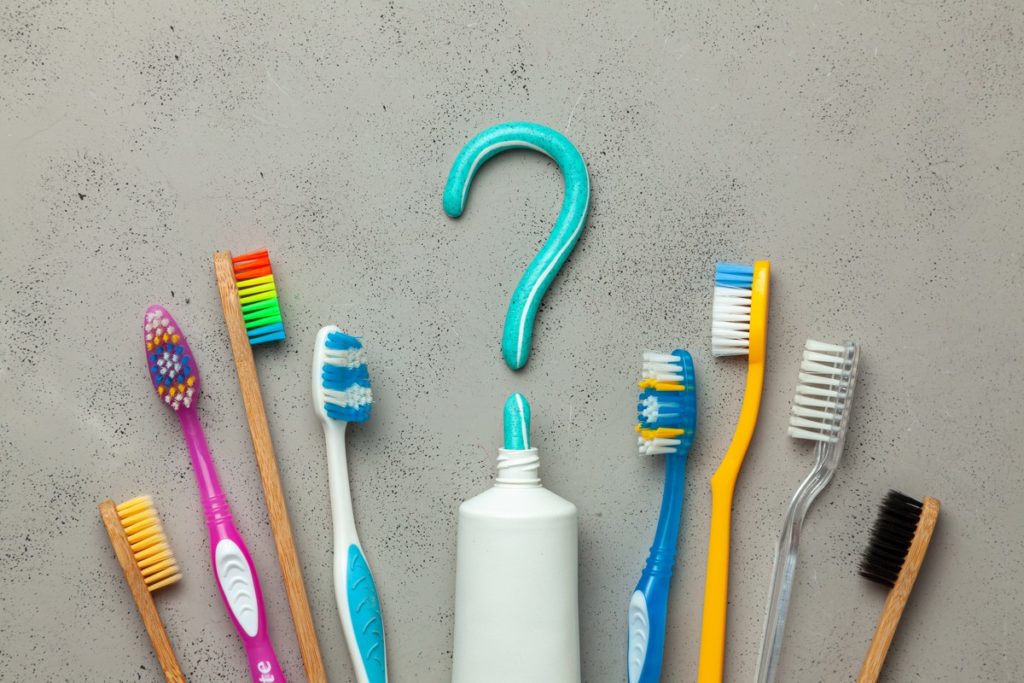Choosing the right toothbrush is crucial for maintaining optimal oral hygiene. With the myriad of options available in the market today, selecting the perfect toothbrush can be overwhelming. Whether you prefer a manual toothbrush or an electric one, each type has its own set of features that cater to different dental needs. This comprehensive guide will help you navigate through the choices and select the right toothbrush for your teeth as suggested by Orthodontist Houston TX.
Understanding Toothbrush Basics
1. Manual vs. Electric Toothbrushes
Manual Toothbrushes:
- Pros: Cost-effective, widely available, easy to travel with, no need for batteries or charging.
- Cons: Requires proper technique and time to clean teeth effectively, less efficient in removing plaque compared to electric toothbrushes.
Electric Toothbrushes:
- Pros: Superior plaque removal, easier to use for people with limited dexterity, built-in timers to ensure adequate brushing time.
- Cons: More expensive, needs charging or battery replacement, less convenient for travel.
2. Bristle Types and Firmness
Toothbrush bristles come in various types and firmness levels, including soft, medium, and hard. The American Dental Association (ADA) recommends using a toothbrush with soft bristles as they are gentle on the gums and enamel. Hard bristles can cause damage to the gums and lead to enamel erosion over time.
3. Toothbrush Head Size and Shape
Choosing the right toothbrush head size is essential for effective cleaning. A smaller head can easily reach all areas of your mouth, including the back teeth and hard-to-reach places. The shape of the head can vary, with some being more rectangular and others more oval. The key is to choose a head shape that feels comfortable in your mouth and can navigate around your teeth and gums efficiently.
4. Handle Design
The handle design of a toothbrush is crucial for ensuring a good grip and comfortable use. Look for a handle that is easy to hold and provides good control while brushing. Some handles come with non-slip grips, which can be especially useful for people with arthritis or limited hand strength.
Choosing the Right Toothbrush Based on Your Needs
1. Sensitive Teeth and Gums
If you have sensitive teeth and gums, it’s important to choose a toothbrush that will clean effectively without causing discomfort. Here are some features to look for:
- Soft Bristles: Soft bristles are gentle on the gums and reduce the risk of irritation.
- Small Head Size: A smaller head can maneuver easily around the teeth and gums without causing discomfort.
- Pressure Sensors (for Electric Toothbrushes): Some electric toothbrushes come with pressure sensors that alert you if you are brushing too hard.
2. Orthodontic Appliances
For individuals with braces or other orthodontic appliances, maintaining oral hygiene can be more challenging. Specialized toothbrushes can help:
- Orthodontic Toothbrushes: These toothbrushes have V-shaped bristles designed to clean around braces and wires effectively.
- Interdental Brushes: These small brushes can clean between braces and wires where regular toothbrushes cannot reach.
- Electric Toothbrushes with Orthodontic Attachments: Some electric toothbrushes offer specialized attachments for braces, providing a thorough clean.
3. Children’s Oral Care
Children have different oral care needs compared to adults. Choosing the right toothbrush for your child can encourage good brushing habits:
- Small Head and Soft Bristles: A small head with soft bristles is gentle on children’s gums and can reach all areas of their mouth.
- Fun Designs: Toothbrushes with fun designs or characters can make brushing more enjoyable for kids.
- Built-in Timers (for Electric Toothbrushes): Timers can help children brush for the recommended two minutes.
4. Gum Disease or Receding Gums
If you have gum disease or receding gums, a gentle yet effective toothbrush is essential:
- Soft or Extra-Soft Bristles: These bristles are gentle on the gums and reduce irritation.
- Electric Toothbrushes with Gentle Modes: Some electric toothbrushes offer gentle modes specifically designed for sensitive gums.
- Rounded Bristle Tips: Rounded tips on bristles are less abrasive and provide a gentle clean.
Advanced Toothbrush Features to Consider
1. ADA Seal of Acceptance
The American Dental Association (ADA) Seal of Acceptance is a reliable indicator that a toothbrush meets high standards for safety and effectiveness. When choosing a toothbrush, look for the ADA seal to ensure you are getting a quality product.
2. Smart Toothbrush Technology
Advancements in technology have led to the development of smart toothbrushes that offer various features to enhance your brushing experience:
- Bluetooth Connectivity: Some toothbrushes can connect to your smartphone via Bluetooth and provide real-time feedback on your brushing habits.
- Customized Brushing Modes: Different modes (e.g., whitening, sensitive, deep clean) cater to specific oral care needs.
- Brushing Insights: Smart toothbrushes can track your brushing patterns and offer insights to improve your technique.
3. Eco-Friendly Options
For those looking to reduce their environmental footprint, eco-friendly toothbrushes are a great option:
- Biodegradable Handles: Toothbrushes with handles made from bamboo or other biodegradable materials are more environmentally friendly.
- Replaceable Heads: Some toothbrushes come with replaceable heads, reducing plastic waste.
Proper Toothbrush Maintenance
Regardless of the type of toothbrush you choose, proper maintenance is key to ensuring its effectiveness:
- Regular Replacement: Replace your toothbrush or toothbrush head every three to four months, or sooner if the bristles are frayed.
- Proper Storage: Store your toothbrush upright and allow it to air dry. Avoid covering the toothbrush or storing it in a closed container, as this can promote the growth of bacteria.
- Cleaning: Rinse your toothbrush thoroughly after each use to remove toothpaste and debris.
Conclusion
Choosing the right toothbrush is a personal decision that depends on your specific dental needs and preferences. By considering factors such as bristle type, toothbrush head size, handle design, and any special features, you can select a toothbrush that will help you maintain optimal oral hygiene. Whether you opt for a manual or electric toothbrush, ensuring proper maintenance and replacement will maximize its effectiveness. Remember, good oral hygiene starts with the right tools, and the right toothbrush can make a significant difference in your dental health.

